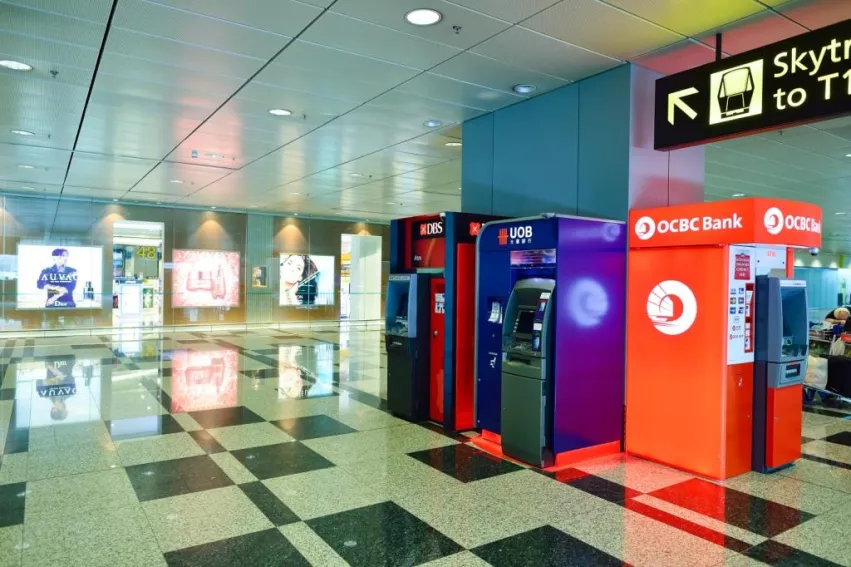
Singapore banks could grapple with falling interest margins in 2020
An easing monetary policy and slow loan growth are dragging on NIMs.
The net interest margin (NIM) of Singapore’s banking sector is expected to decrease in 2020 as a result of the easing of monetary policy and slowdown of loan growth, analysts reported.
The Monetary Authority of Singapore (MAS) reduced the rate of appreciation of the Singapore dollar nominal effective exchange rate (S$NEER) policy band in its policy review last October as a result of subdued economic growth. The island’s gross domestic product (GDP) remained flat with a 0.1% YoY increase in Q3.
As a result of the falling interest rate environment, NIM declined 1- 4bps across the banks in Q3 and will continue to decline by 5-10bps, according to DBS Group Research analyst Rui Wen Lim.
Similarly, a report by Moody’s Investors Service noted that NIMs will decrease in 2020 for the top three Singapore banks--OCBC, UOB, and DBS--due to the easing monetary policy, whilst credit costs will rise as asset quality worsens. Furthermore, new loan origination will be weak as a result of a soft regional economic environment in 2020.
All three banks suffered NIM compression in Q3, as noted by UOB Kay Hian analyst Jonathan Koh. DBS and OCBC’s NIMs contracted 1bp QoQ and 2bp QoQ, respectively, to 1.90% and 1.77% as a result of lower interest rates in Singapore. UOB suffered a more severe NIM compression of 4bp QoQ to 1.77%, driven by a significant drop of 20bp QoQ to 3.11% for its Thailand operations.
Profitability will also drop as a result of rising credit costs, according to both DBS’ Lim and Moody’s Investors Service.
“Third quarter credit costs ticked up across the board as higher special allowances were observed across the banks. In particular, DBS and OCBC also buffered additional general provisions to account for Hong Kong’s situation. For 9M 2019, total credit costs ranged from 17-25bps across the banks as we expect credit costs to continue normalising into FY2020,” said DBS’ Lim.
Also read: Singapore's big three banks averaged total return of 12% YTD
“Credit costs will also become more volatile as the banks are now using complex provisioning models that are sensitive to economic projections. Loan growth will be modest as macroeconomic uncertainty dampens loan demand,” added the report by Moody’s.
Conversely, UOB Kay Hian stated that asset quality of UOB and DBS are stable, whilst OCBC’s NPL balance increase of 7% QoQ was “a negative surprise.” OCBC was also noted to have incurred the highest credit costs of 49bp in Q3 compared to DBS’ 28bp and UOB’s 21bp.
The sector’s non-performing loans (NPL) have also continued to creep up whilst loan growth remained flat. OCBC recorded a new NPL formation of $683m ($340m for the last two quarters), largely related to two corporate accounts in transportation and offshore vessel, reported DBS Equity Research. Meanwhile, DBS reported a new NPL formation of $367m due to a transportation account. These numbers were enough for Moody’s to note that NPL formation accelerated in Q3, and for DBS Equity Research to note that NPL is ticking upwards.
In contrast, UOB Kay Hian called the rise of NPL ratios is steady in Q3 for DBS and UOB at 1.5% and rose modestly for OCBC to 1.6%.
Meanwhile, loan growth was notedly largely flat across the banks in part due to ongoing uncertain economic outlook. On a year-to-date (YTD) basis, the banks’ loan book expanded between 2-5% with varying loan growth trends, as UOB continues to guide for high single-digit loan growth for FY2019, with DBS and OCBC guiding for around 4% and low single-digit loan growth respectively.













 Advertise
Advertise










